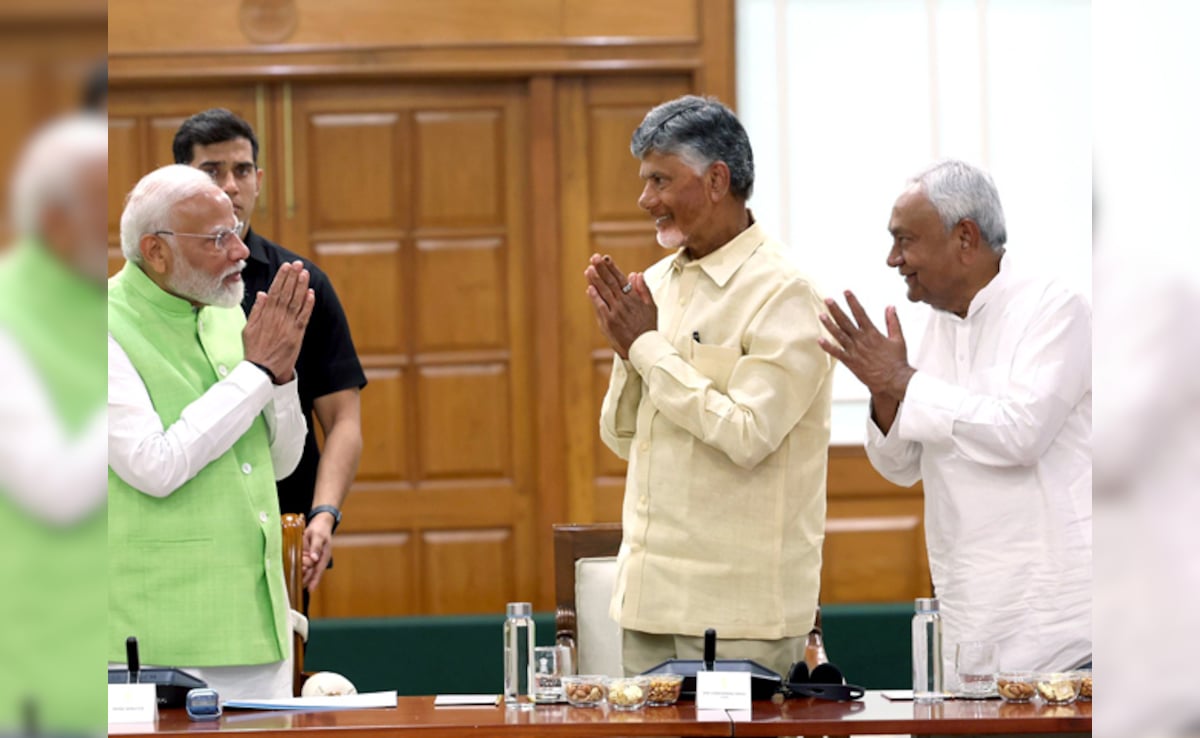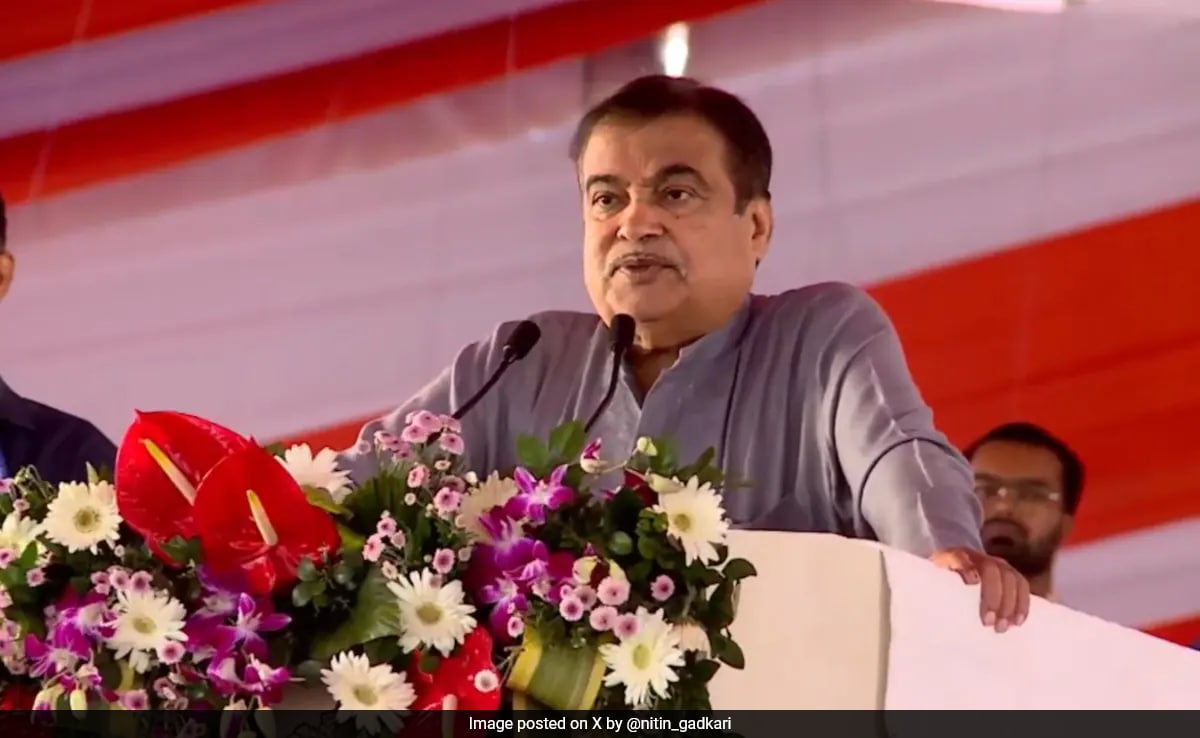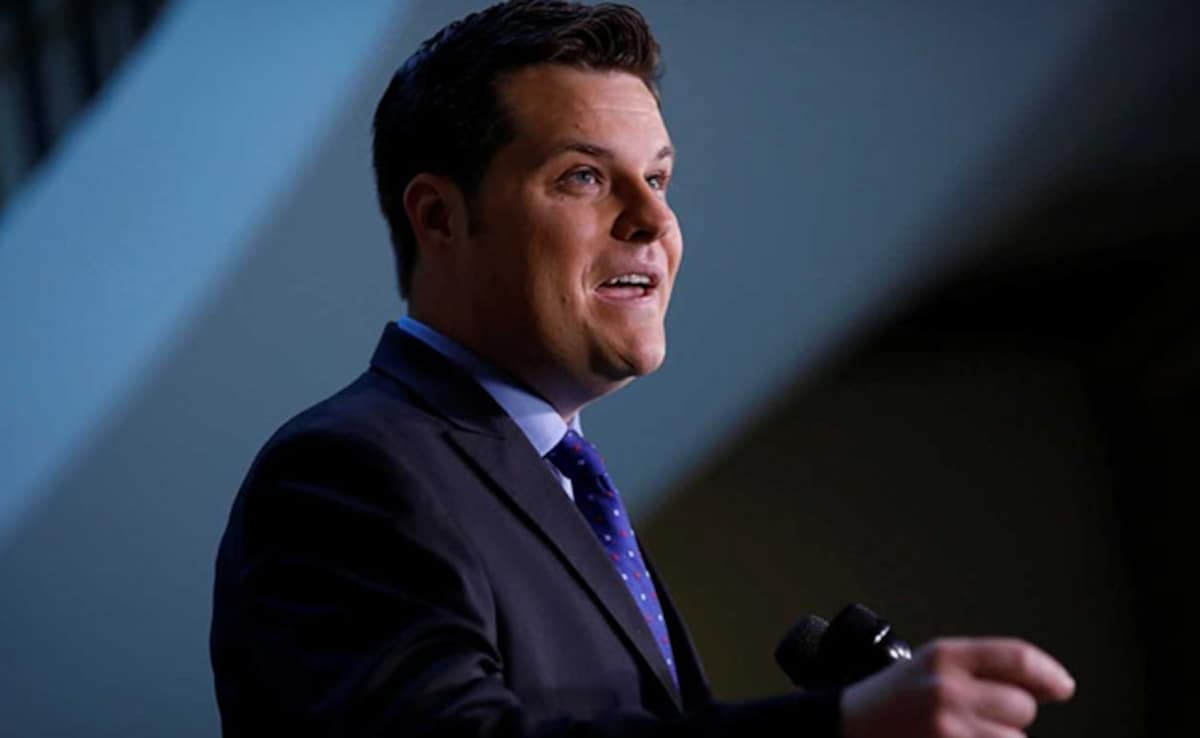No, this essay is not an alphabet primer on coalition politics for dummies. The youth of India, coming into their political being in the last decade or so, can go to the innumerable internet resources to educate themselves on what it means.
What this essay only attempts to do is gently nudge the new Parliament, not just the ruling coalition, towards a seemingly new state of consciousness. Yes, there is a certain cockiness in this humble statement of purpose because the Indian Parliament almost forgot what it was like in the old days, in the old building.
Anomaly
First things first: coalition governments are the norm not an anomaly for India. The history dates back to the pre-independence years. Even if we ignore the coalition government in Punjab, post-1937 elections, the first recorded coalition government came into being in 1946. The interim government then was a coalition of the Congress, the Muslim League, the Akali Dal and some other groups. Post-Independence, after the Nehruvian years, India saw many coalition governments.
Read | Coalition Compulsions As NDA 3.0 Begins Its Journey
Not just in India, but in most parliamentary democracies in the world, coalition government is the norm. For example, almost 75% of all governments after the Second World War in Western Europe have been composed of multiple political parties. It is, therefore, pertinent to stop feeling uneasy with coalitions.
The 2024 elections saw a surge in electoral excitability. The fervour of electoral competition scaled new heights, coinciding with a notable increase in civic engagement. There was, however, no consensus, which can only be explained thus: amidst this flurry of political activity, the overarching national electoral outcome is little more than a composite of regional sentiments. Should this not be seen as a celebration of India’s federal polity?
Blitzkrieg
Coalition dharma necessitates the equality of alliance partners, irrespective of their share in the majority numbers. The single biggest party, obviously, is first among the equals but the need to go on a supremacy blitzkrieg is not ideal. When smaller parties are made to feel like minions, not partners, it is impossible to run a coalition government efficiently. In the present Indian scenario, Prime Minister Modi seems to have acknowledged this by making a public appeal to ministers, partisans, and supporters to drop the ‘Modi Ka Parivar’ epithet from social media handles.
Communication
Does it mean clamming up? Au contraire, blitzkrieg ought to give way to a more deliberate way of communication. In parliamentary democracies, coalition governments grapple with a pivotal challenge: the task of individual parties to assure their constituents that they uphold their electoral pledges. And that they do so even amidst the inevitable compromises required to forge policy agreements.
Parties are keen on safeguarding their public image regarding specific policy promises. In multiparty governments, where parties often hold differing policy stances, successful governance demands compromise as they seek common ground. However, such compromises frequently lead to policy outcomes that diverge from the preferences advocated by party leaders. This disconnection muddles the alignment between a party’s government-endorsed policies and its core commitments, potentially jeopardising its established identity. Participation in a coalition, therefore, carries the risk of eroding support among constituents devoted to the party’s traditional objectives.
Read | The Moderates Win As India Returns To Coalition Era, But So Does Modi
The divergent views of alliance partners in the current government on issues like the caste census and federalism are sure to cause some friction at both parliamentary and grassroots levels. An effective government preempts such scenarios and not just makes necessary policy agreements but also communicates them to the constituents.
Debates
In light of the above compulsions, one hopes that the culture of debate-legislative and public-can now be resuscitated in India. In the last Parliament, name-calling masqueraded as debate. The floor needs to be sanitised now. Even if for utterly selfish reasons. After all, floor debates open the most effective and important avenues for coalition parties to offer justification for their positions on the government-endorsed policies. The time is ripe to reclaim legislative debates.
Alongside this, the culture of public debate and dialogue – the lifeblood of the argumentative Indian -needs to take a break from propaganda, hate speech, and slander. Post-result surveys have thrown up some not-so-surprising observations. The constituents really are tired of the constant mudslinging. Let policy take centre stage.
Elected Members
Lastly, the elected ought to be respected as much as the elections. Parliament is made up, not just in structure but also in spirit, of both the government and the opposition. Harold J. Laski’s foundational views on the dual purpose of the parliament offer a ready reckoner for the days to come (he also needs to be acknowledged for inspiring the title of this essay). Laski emphasised the leadership role of the political executive, contingent upon majority support, and underscored the importance of holding it accountable before a vigilant parliamentary opposition. Undermining each other’s roles and responsibilities is detrimental to both the ruling coalition and the opposition.
(Nishtha Gautam is a Delhi-based author and academic.)
Disclaimer: These are the personal opinions of the author













